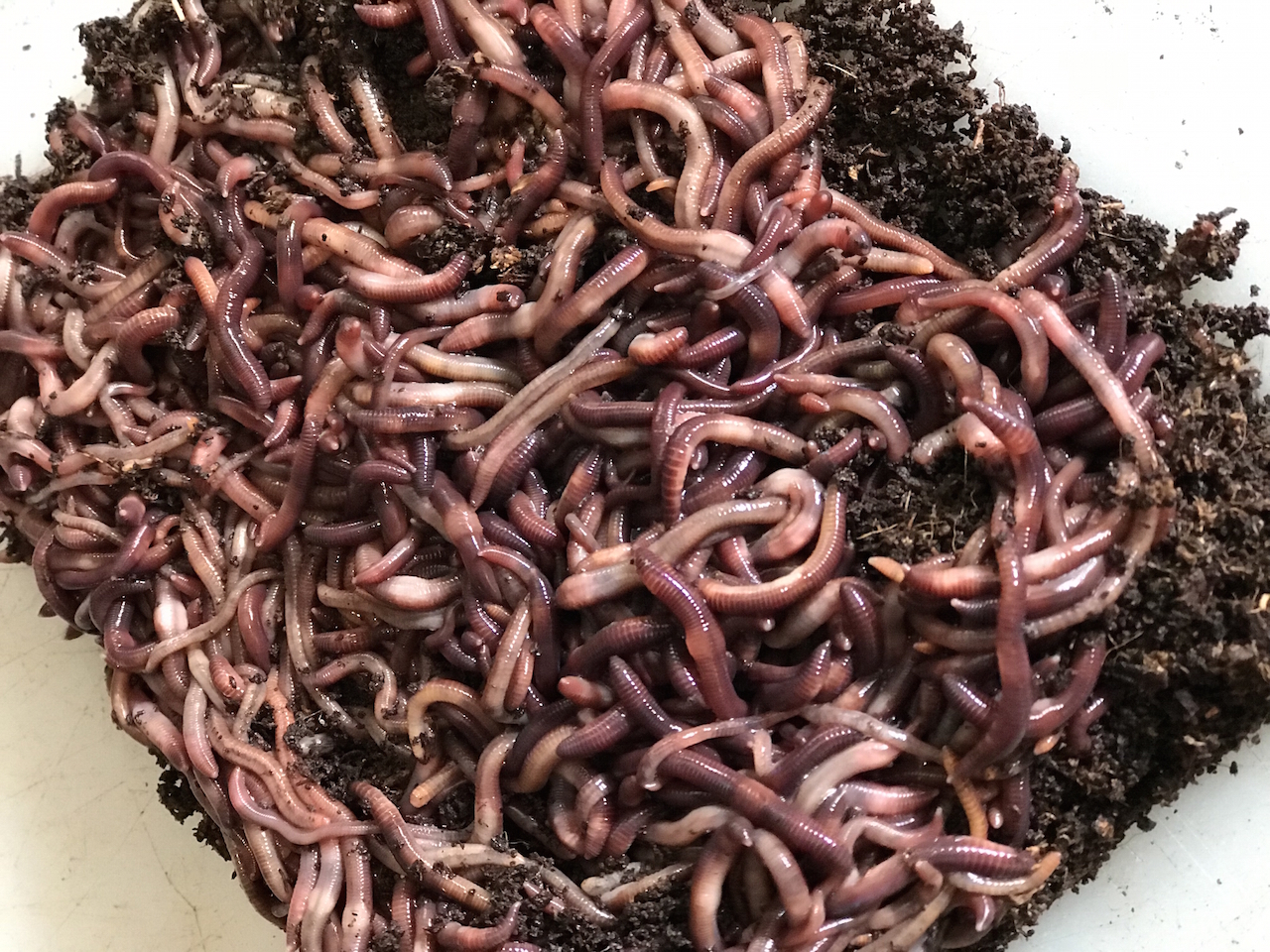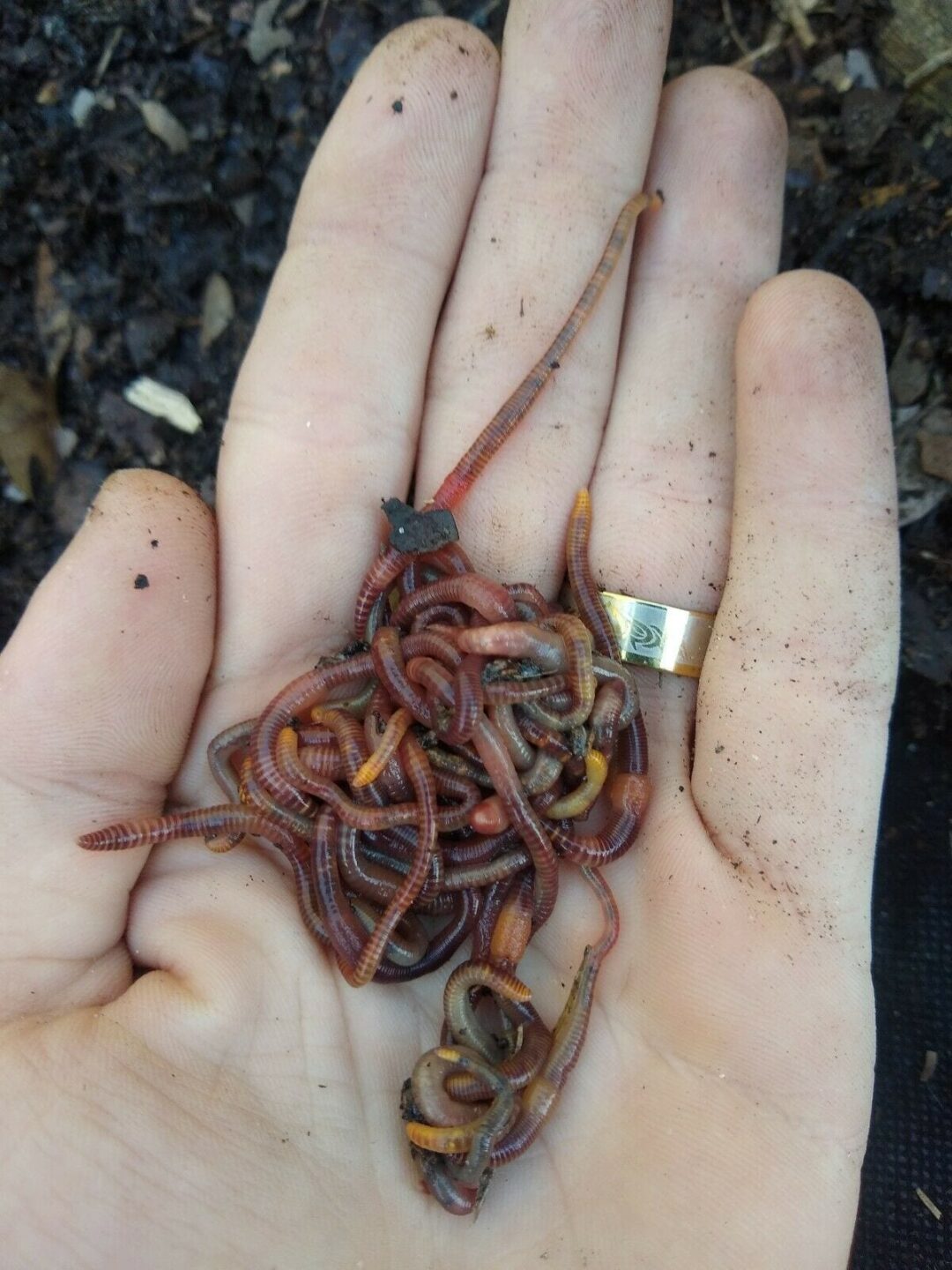Take Care of Your Lawn with the Best Products from Lake Hickory Bait
Take Care of Your Lawn with the Best Products from Lake Hickory Bait
Blog Article
Red Wigglers: The Unsung Heroes of Organic Waste Recycling
Red wigglers, or Eisenia fetida, offer as important agents in the organic waste reusing process, transforming thrown out materials right into useful vermicompost. As the world increasingly looks for services to combat waste buildup and enhance farming efficiency, understanding the duty of these worms ends up being important.
What Are Red Wigglers?
The impressive durability of red wigglers, medically understood as Eisenia fetida, underscores their critical function in natural waste recycling. These little, reddish-brown earthworms are typically discovered in decomposing raw material, such as garden compost stacks and manure heaps. Lake Hickory Bait. Unlike various other earthworm species, red wigglers prosper in nutrient-rich environments and are extremely effective at damaging down natural materials, making them crucial for vermicomposting

(Red Wiggler Express)Along with their role in waste reduction, red wigglers contribute to soil health and wellness by boosting dirt structure and aeration through their tunneling tasks (Lake Hickory Bait). Their visibility in composting systems not just boosts decomposition rates but likewise promotes a sustainable technique to throw away monitoring, highlighting their importance in ecological conservation efforts
Benefits of Composting With Worms
Composting with worms, particularly red wigglers, offers numerous advantages that enhance both waste management and dirt health. These worms effectively break down organic waste, transforming it right into nutrient-rich vermicompost that improves soil. This process accelerates decomposition, allowing for a much faster recycling of cooking area scraps and various other organic materials contrasted to typical composting approaches.
In addition, the vermicompost created by red wigglers is including helpful microorganisms, which assist boost dirt structure, aeration, and dampness retention. This improves the overall health of plants, advertising energetic growth and increased returns in gardens and agricultural setups. The use of worms in composting decreases the production of greenhouse gases, such as methane, adding to a much more sustainable waste monitoring system.

Exactly How to Beginning Vermicomposting
Developing a vermicomposting system is a straightforward process that can yield considerable benefits for both waste administration and dirt enrichment. To begin, pick an appropriate container, such as a plastic container or wood box, with ample ventilation holes to ensure proper air flow. The dimensions must preferably be around 2 feet by 3 feet, enabling adequate area for the worms to prosper.
Following, prepare bed linen material, which can include shredded newspaper, cardboard, or coconut coir. This bedding should be dampened to develop an ideal environment for the worms. As soon as the bed linen is in location, introduce red wigglers (Eisenia fetida) into the container, typically around one pound of worms Lake Hickory Bait for every single square foot of surface.
Adhering to the positioning of worms, add natural waste, such as fruit and vegetable scraps, coffee grounds, and smashed eggshells. With these steps, you will efficiently launch a vermicomposting system that adds to sustainable waste monitoring and enhances your soil.
Keeping a Healthy Worm Container
(Red Wiggler Express)Keeping a worm bin thriving requires regular focus and like make certain the health of the red wigglers and the performance of the composting procedure. Proper maintenance starts with keeping an eye on the moisture degrees; the container ought to perspire however not saturated. A great general rule is to preserve an uniformity similar to a wrung-out sponge.
Carefully blending the bed linens and food scraps every couple of weeks prevents compaction and guarantees that all worms have accessibility to oxygen. In addition, it is important to feed the worms appropriately.
Temperature guideline is an additional vital aspect. Red wigglers flourish in a variety of 55 to 77 levels Fahrenheit. If the bin ends up being as well warm or chilly, the worms might come to be worried - Lake Hickory Bait. Last but not least, periodically check for signs of health, such as worm population growth and the presence of healthy castings. By faithfully managing these elements, one can preserve a durable and effective worm container.
Effect on Sustainable Living
The effective upkeep of a worm bin not only profits the wellness of red wigglers however likewise contributes significantly to lasting living methods. By recycling natural waste, such as cooking area scraps and lawn debris, red wigglers aid draw away substantial quantities of product from landfills. This decrease in waste not just decreases greenhouse gas exhausts however also minimizes the ecological concern associated with waste monitoring.
Additionally, the castings generated by red wigglers serve as a nutrient-rich natural fertilizer, enhancing dirt health and advertising plant growth. This all-natural option to chemical plant foods supports lasting agriculture and horticulture methods, reducing dependence on artificial inputs that can hurt ecosystems. In addition, worm composting promotes recognition of waste administration, urging individuals and areas to adopt even more sustainable routines.

Conclusion
In summary, red wigglers serve as crucial factors to natural waste reusing via their reliable disintegration of natural products. Their capacity to generate nutrient-rich vermicompost boosts dirt wellness and sustains lasting farming methods. By incorporating vermicomposting right into waste management strategies, individuals and communities can significantly reduce waste while promoting ecological sustainability. The duty of Eisenia fetida in cultivating healthy and balanced ecological communities emphasizes the value of these microorganisms in accomplishing sustainable living and enhancing soil fertility.
Report this page